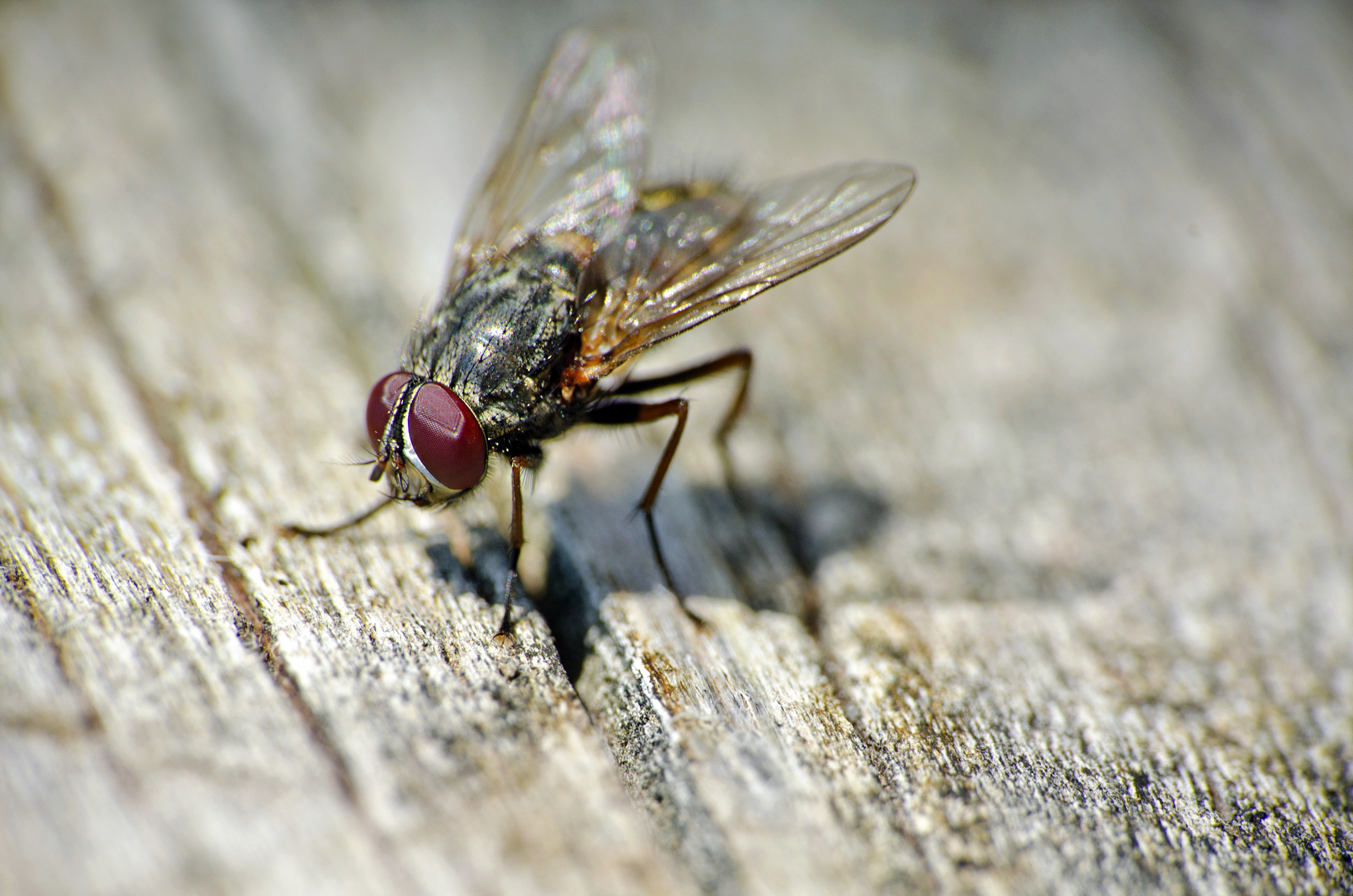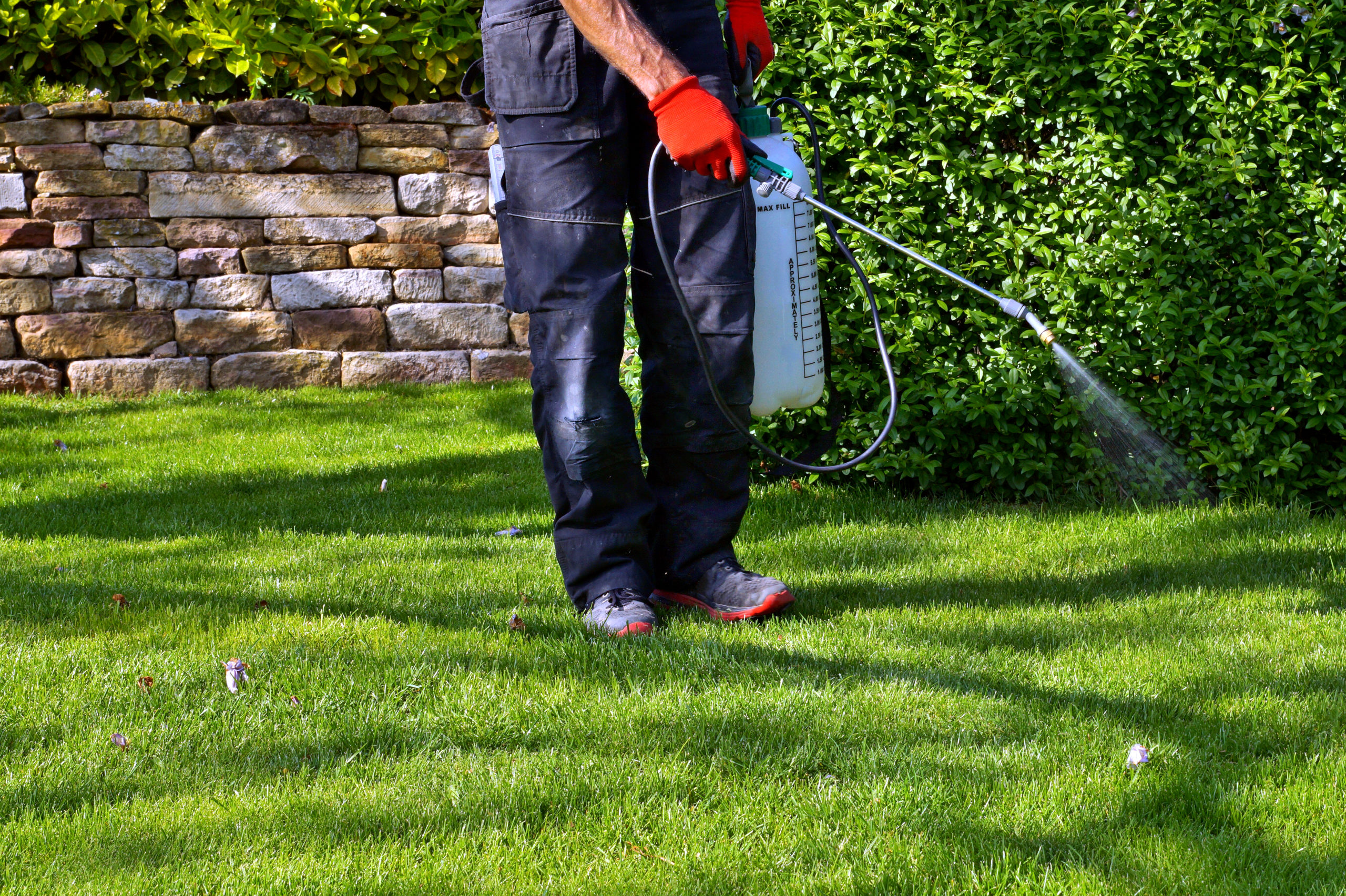A Fly on the Wall: Analyzing the Accuracies of Flies in Phineas and Ferb
A Fly on the Wall: Analyzing the Accuracies of Flies in Phineas and Ferb
We have talked about the accuracies and depictions of pests in fictional works previously on this blog, but one that is not often the center of attention is the lowly housefly. This pest seems to be a guest of every backyard barbecue, outdoor restaurant, and pool party during the summer months. But due to the fact that they live on decayed items and literal waste from their first moments of life, flies are not the kind of party guest we want at any time. This may be why they are not a main character in many animated works; it would be difficult to make such an annoying and gross insect a likable character. But if any cartoon can turn a fly into a familiar face and provide some education along the way, it’s Phineas and Ferb.
This popular show is known for taking ordinary creatures and items and using them for the fun storylines, while simultaneously teaching its audience about the real life version. This seems to be true of the common housefly in the episode “Fly on the Wall.” While the question remains of just how accurate their facts are, we need to first explain the basic reasons why Candace now understands the plight of a fly.
The Most Advanced Sorbet Machine

As usual, Candace is the inadvertent victim of her brothers’ latest invention in this episode. Buford accidentally shoots the laser on the giant tire swing invention into the house, which turns Candace into a human-fly hybrid, because of course it does that. But it is less scary than what you may be picturing, as the hybrid is simply Candace’s head on a cartoon fly’s body. She spends the rest of the episode frantically trying to alert her mother to the situation, who just sees a normal pesky fly when Candace gets close. Candace then has to avoid all of the typical dangers that wait for a fly – hungry birds, pest control, wind, cars – until she is finally turned back into her normal self by the same machine in time for her date with Jeremy. Phineas then turns the machine into a sorbet machine with the push of a button, because summer is not complete without eating some sorbet with your best friends after your giant tire swing invention is launched into space.
Candace’s fly appearance is accurate to a real housefly, minus the human aspect. There are six legs, two wings, and constant buzzing, just like the real flies we know. She also participates in normal fly habits, like rubbing her feet together and sticking to the walls. There’s even a catchy song depicting the whole experience and listing some fly facts while Candace tries to survive the ordeal. But how accurate are these facts and the portrayal as a whole? Let’s find out!
Buzz, Buzz, Buzz

While in her fly-form, Candace can’t help but punctuate her sentences with multiple buzzing sounds. This is a typical comedic trope used with talking insects in cartoons, as it adds to the illusion that they are real insects that just so happen to speak. But since flies can’t speak in real life, why do we hear their buzzing often before we see them? This buzzing actually does not come from their mouths like a call; it is simply the sound of their wings beating together at a rapid rate. There are different answers on just how fast these wings are, but the average answer seems to be about 1,000 times per minute! The song in this episode says that their wings beat 12,000 times per minute, which is a major exaggeration for a common housefly. That speed is more reminiscent of a honeybee and other insects that seem to hover more easily than houseflies. Certain fly species have a faster wing speed than others, which is why their buzzing may be louder.
Flies travel an average of 4.5 mph, which isn’t too fast but is enough to make them a chore to swat or catch. In general, house flies like to stay close to their home for food, as long as they have a reliable source. They may get inadvertently transported in vehicles or by the wind, like Candace humorously demonstrates, but the great distances travelled aren’t on purpose. They will travel very short distances if they find a good food source a couple of miles away, but they do not like to travel far from home like some other scavenging insects. Since flies don’t live in colonies, they do not have to worry about gathering food and materials for a whole group. They are free to wander around and find new and disgusting (to us) food to give them energy for more pestering.
“Don’t you wish that you could be a…”

The “fly on the wall” trope has been done a million times in songs, poetry, books, and cartoons, and it takes on a whole new meaning when Candace demonstrates it as an actual fly. She literally sticks to the wall and watches with her new compound eyes (that look the same as her normal eyes, coincidentally) some events she would not normally get to witness. This is also why robot flies and insects are used as spy cameras in many fictional works; no one looks at an insect hanging out on the wall and thinks anything of it, besides how much they wish this insect would leave. Flies like to stay on walls in order to observe their surroundings the best and to remain on high alert for any potential enemies, of which there are plenty.
Flies can see every angle around them, besides directly behind them, due to their compound eyes. This is why sticking to a wall is actually an ideal position, since they know that the space behind them is safe and they can therefore focus on everything else. Speaking of which, houseflies tend to live about 6-7 days in good conditions. The Phineas and Ferb song describes their life span as a week, so it’s accurate in this regard. Each leg on a fly has a sticky spot with a sort of claw on the end, both of which allow them to stick to just about any surface. Seeing as how we have found flies on mirrors, cabinets, appliances, windows, stucco, wood, plants, and people’s arms at a backyard barbecue, those must be some pretty sticky legs!
Evil Plotting?

Flies are not the smartest insects ever, but the fact that they constantly rub their hands together when not in flight makes them seem like an evil genius. Candace even does this while in her fly-form, but it’s used more as a fly stereotype than as a functional act. The real reason behind flies cleaning their hands so intently seems like the complete opposite of their existence: they are cleaning! They rub their hands to clean them, and they have a cleaning routine for their whole body. This includes everything from their head to their abdomen to their wings. Typically, flies will start cleaning with their head, then work their way down to the less-important areas. Since their eggs are usually hatched in garbage or feces, they have a lot of cleaning to do through their short lives.
There are a few key reasons why flies are so intent on their strange version of personal hygiene. One is that their taste receptors are on their feet and legs, which is why they walk all over their food much to our annoyance. You can imagine how muddled these receptors can get after a day of walking around all kinds of foods, building materials, plants, people, and garbage. Their scent receptors are in the same areas, so they also need these cleaned often. When they rub their hands together and on other appendages, flies are making a clean slate for their hunting, flying, and mating activities. It is also a form of protection, since they are actively removing scents that potential predators could use to track them. So, the next time you see a fly rubbing its hands together, you now know that you are witnessing a strangely effective basic cleaning routine.
Smoothie Diet

As if flies weren’t disgusting enough, the rumor that they vomit on every food they touch is unfortunately true. Candace even demonstrates this in a much less disturbing way, by spitting bright green juice on an apple core before attempting to take a bite while the singer says she is using acid to break down the food. This is partially true, but we understand the use of a short explanation for the sake of the catchy song. Flies actually vomit digestive enzymes, that could be considered acidic in a way, to liquify their food that can be dissolved. This is why they are always looking for food that is already a liquid or can be liquified by their enzymes. The annoying part is that this often includes our own food at a backyard party, as we are not the only ones who enjoy our dishes.
But flies don’t do this activity just to be gross or for fun. They physically cannot consume anything that is not in a liquid state. Flies do not have the mouthparts to chew or bite solid items. Their sponge-like mouths are actually similar to those of mosquitoes. Both insects have a proboscis, a long mouthpart that is only used for drinking or slurping up their food. Flies have a less sharp proboscis, which is why they cannot pierce us and drink our blood like mosquitoes (not that they would). But it is flexible and allows them to get every last bit of liquified food before they move on to the next likely-disgusting food source and repeat the process.
Pest Control is the Most Efficient Fly Swatter

While it’s great that Candace never got trapped or swatted during her time as a fly, real flies are not nearly as endearing and likable. They spread a myriad of diseases and bacteria on everything they touch because some of their frequent hangouts are actual garbage and waste. Flies are equally disgusting and annoying, and their presence is never a good thing. If flies choose to invade your space, pest control services may be the best course of action. Our team of knowledgable technicians is here for all of your pest concerns, and our eco-friendly treatments solve pest problems without the use of harmful chemicals. Contact us for more information on our services and to learn how we can prevent your home from becoming a fly haven, even if you happen to be one of those lucky people who own a sorbet machine.
***Disclaimer: Section 107 of the United States Copyright Act recognizes “fair use” copywriter content as such: “Notwithstanding the provisions of sections 106 and 106A, the fair use of a copyrighted work, including such use by reproduction in copies or phono-records or by any other means specified by that section, for proposes such as criticism, comment, news reporting, teaching, scholarship, or research, is not an infringement of copyright.” This blog post may contain certain copyrighted works and characters that were not specifically authorized to be used by the copyrighted holder(s), however, the content on this post qualifies as “commentary” on the copyrighted works under the “fair use” doctrine of the U.S. Copyright Act and is thereby protected by federal law. Furthermore, we do not claim any ownership or creative rights of any characters on this list, and all rights outside of the fair use doctrine belong to the respective owner(s).
Citations
Hadley, D. (2018, December 28). 10 astonishing facts about house flies. Thought Co. Available at https://www.thoughtco.com/fascinating-facts-about-house-flies-4046014 (Accessed on July 29, 2022).
Mathot, J., Bernstein, J., & Theofilopoulos, A. (Writers) & Elliot, G., Oliver, K., & Perrotto, S. (Directors). (2013, January 11). Fly on the Wall (Season 4, Episode 2) [TV series episode]. In Povenmire, D. & Marsh, J. (S.) (Executive Producers), Phineas and Ferb. Disney Television Animation.
Perrine, M. (2022, January 9). Why do flies rub their hands together?. Pest Control Zone. Available at https://pestcontrolzone.com/why-do-flies-rub-their-hands-together/ (Accessed on July 29, 2022).

